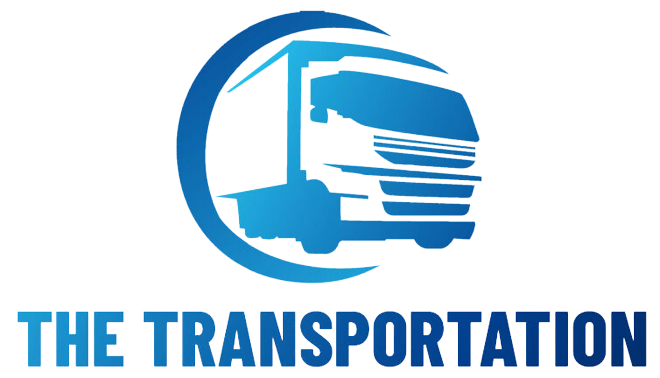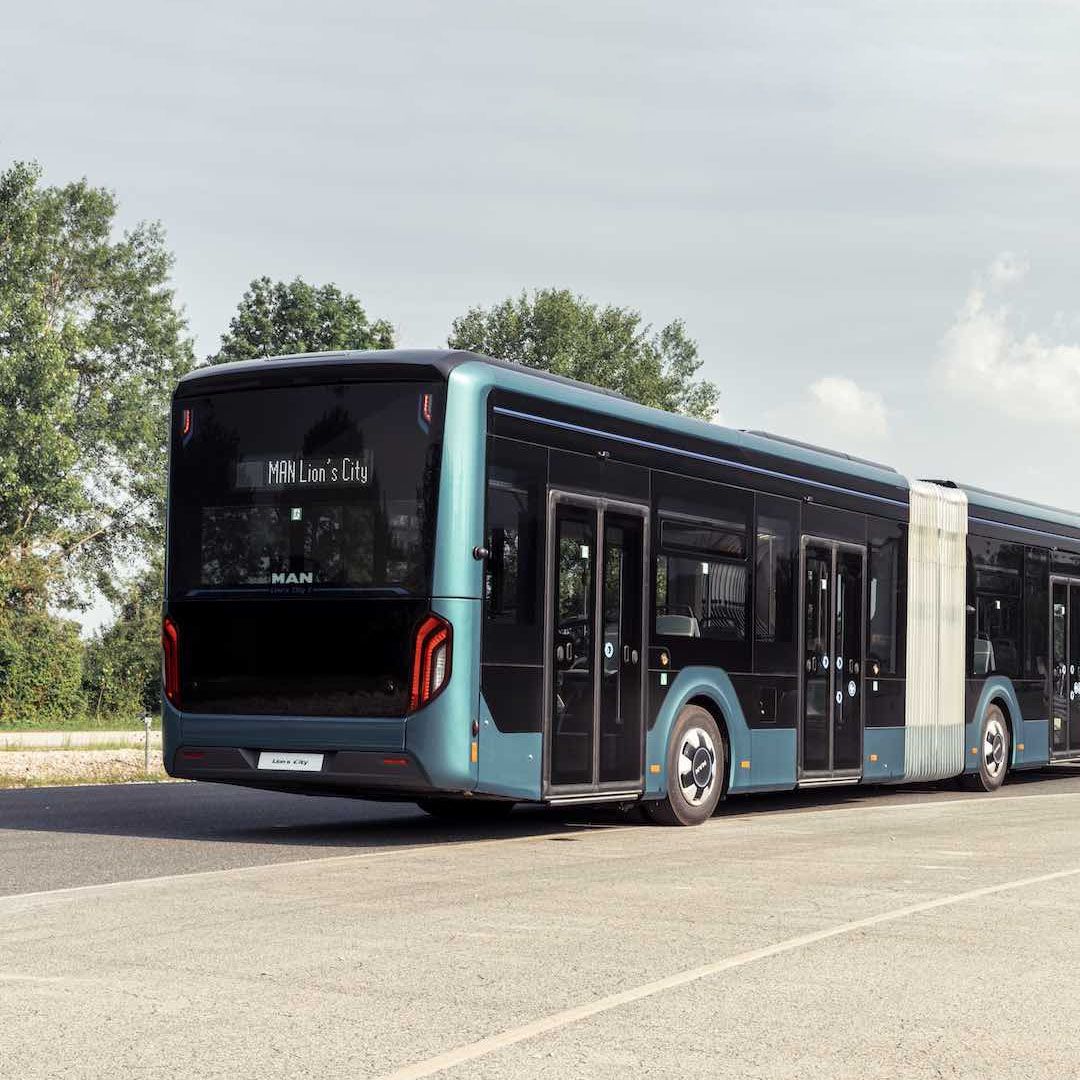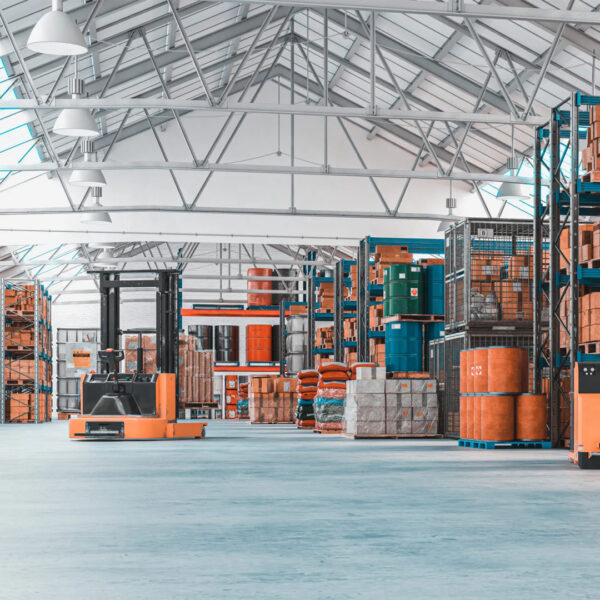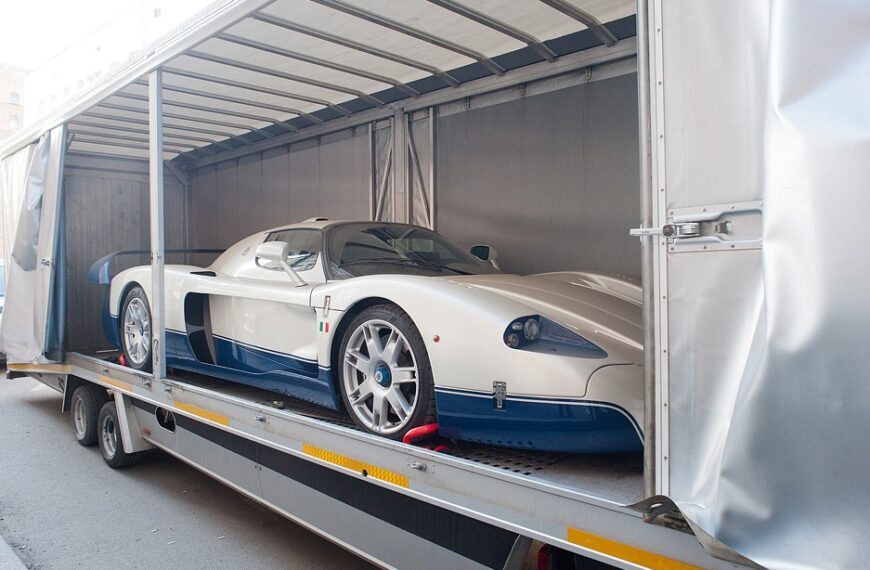Green Travel Revolution: Campaign Transportation Takes the Lead
In a world where climate change and environmental sustainability have become pressing concerns, the travel industry is transforming. Green travel, characterized by eco-friendly transportation options, is taking the lead in shaping a more sustainable future. This revolution is not just a buzzword but a necessary and innovative shift towards reducing our carbon footprint and preserving the planet for generations to come.
One of the key players in the green travel revolution is the transportation sector, which includes a wide range of options from electric vehicles (EVs) to high-speed trains and more. These innovations are altering the way we explore the world and commute daily. Here’s a closer look at how transportation is leading the charge in the green travel revolution:
Electric Vehicles (EVs):- Electric vehicles are at the forefront of sustainable transportation. With advancements in battery technology, EVs have become more accessible and reliable. These cars produce zero tailpipe emissions, reducing air pollution and reliance on fossil fuels. Government incentives and a growing charging infrastructure have further accelerated their adoption. Tesla, Nissan, and other automakers have embraced this eco-conscious trend, making it possible for individuals to drive electric without compromising style, performance, or convenience.
High-Speed Trains: – High-speed trains are not only a symbol of technological innovation but also a solution for long-distance travel that is both efficient and environmentally friendly. These trains are designed to operate at speeds exceeding 155 mph (250 km/h) or even faster, reducing travel times and energy consumption. They represent a significant reduction in greenhouse gas emissions compared to traditional modes of transport, such as short-haul flights and long car journeys. Countries like Japan, France, and China have invested heavily in expanding their high-speed rail networks, setting an example for others to follow.
Bike-Sharing and Micro-Mobility: In many cities worldwide, bike-sharing programs and micro-mobility options like electric scooters have become increasingly popular. These initiatives encourage people to choose eco-friendly alternatives for short trips. It’s a win-win situation as it not only reduces traffic congestion but also contributes to cleaner air and healthier lifestyles.
Public Transportation: – Traditional public transportation systems are also evolving to become more sustainable. Cities are investing in electric buses and modernizing their subway systems. Additionally, ride-sharing services that promote carpooling and shared rides are helping reduce the number of vehicles on the road, thereby decreasing emissions.
The Sustainable Air Travel aviation industry is not far behind in the green travel revolution. Airlines are increasingly investing in more fuel-efficient aircraft and exploring the use of sustainable aviation fuels. New technologies and operational efficiencies are reducing the carbon footprint of air travel. Moreover, individuals are becoming more conscious of their air travel choices, opting for direct flights, which are typically more fuel-efficient than those with layovers.
Autonomous and Connected Vehicles: The future of transportation is also looking green with autonomous and connected vehicles. These technologies have the potential to enhance traffic flow, reduce accidents, and optimize fuel consumption. In the long term, as autonomous vehicles become more prevalent, they could significantly contribute to greener travel by minimizing congestion and improving fuel efficiency.














